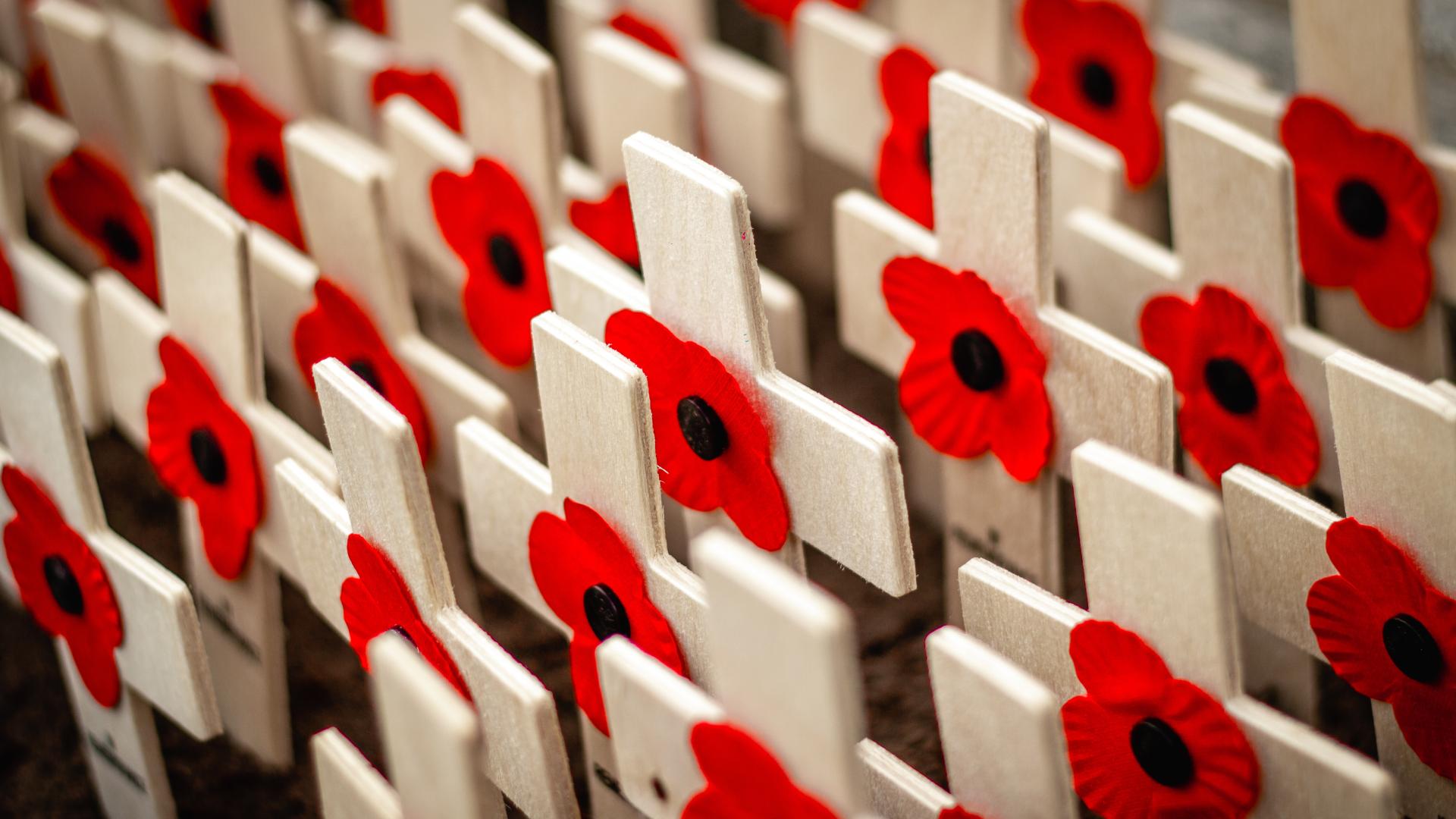Ben Roberts
In the UK we can proudly claim a long tradition of charitable support for veterans and their families. Every year, 45 million poppies are sold and worn throughout the UK in support of the Royal British Legion, a figure only made possible by the overwhelming support the public. This should be no surprise, particularly because the British Armed Forces have a good reputation within the UK. As of February, our research shows that public trust in the Armed Forces has remained consistent for over a decade, with around 70% of respondents telling us that they trust the institution.
However, public priorities are constantly changing, and so it’s vital to understand how supporters’ expectations may be evolving. Read on as we explore how the current landscape for public perceptions and appetites may demand new approaches from charities in this sector.
Top concerns
Supporting veterans requires a multi-faceted approach, tackling various issues that an individual might face when leaving the Armed Forces. Through our research, we’ve learned that the public have two main concerns that they believe veterans face: mental health issues such as PTSD, and difficulty reintegrating into civilian life. Worryingly, the public has a pessimistic outlook for these issues in the next 20 years, with less than a third of respondents telling us that they believe there will be improvements around these issues.
So, does the public want to see their donations spent on these issues specifically? Not exactly. While support for mental health and PTSD is the public’s highest spending priority, second place goes to medical care, with civilian reintegration appearing much further down the list. Providing education, emotional support, and information/advice to veterans are all lower spending priorities than the public’s overall concern might suggest, perhaps due to the perceived difficulty in benchmarking success in this field. Rather, a growing contingent have been in favour of financially supporting veterans directly, rising from a desired 9% of the total spend on this group in 2015 to 15% in February of this year. This is perhaps a result of the cost-of-living crisis but may also be driven by the desire to give veterans the autonomy that direct financial aid permits.
Gaps in knowledge
Despite the keen support we see for these charities, there is a lack of awareness within the public about how funds are being used. Roughly half of the public (47%) told us that they understood how charities provide support – certainly a figure that could be higher. However, there also wasn’t a huge interest in learning more about how this support is provided.
Why isn’t there more interest in this field? Well, it may be a result of our Armed Forces receiving less attention in general. Two thirds of the public aren’t confident that they know where British forces are currently in combat. The result is that almost half think that charities supporting the Armed Forces aren’t as relevant today as they used to be. Lack of awareness in this field, though potentially arising from the relative peace we experience in the UK, may be damaging the amount of funding received for veterans of the past few decades. Addressing these gaps in knowledge might be vital to unlocking additional support for Armed Forces charities.
Emotional attachment
Despite this lack of knowledge, the UK has an emotional attachment to its Armed Forces and its related charities. The overwhelming response we got from respondents (73%) was that they feel proud to wear a poppy and show their support for the cause. We also see a lot of support for an increase in the amount of funding that veterans are provided by the central government.
It’s likely that the biggest driver for support for this type of charity is an emotional one. 78% of the public say that the British Armed Forces are an essential part of the fabric of our society, despite the lack of awareness described earlier. This can only be the result of an emotional response and appreciation felt for veterans, and in turn a wider appreciation for the historical impact of charities supporting them. Charities ought to meet this passion with a push for more awareness and understanding of the modern realities of supporting veterans. Achieving this may see an even greater wave of support for Armed Forces charities – not only during the period of remembrance, but all year round.
If you'd like to learn more about our research with Armed Forces charities, consider downloading a briefing pack below.

